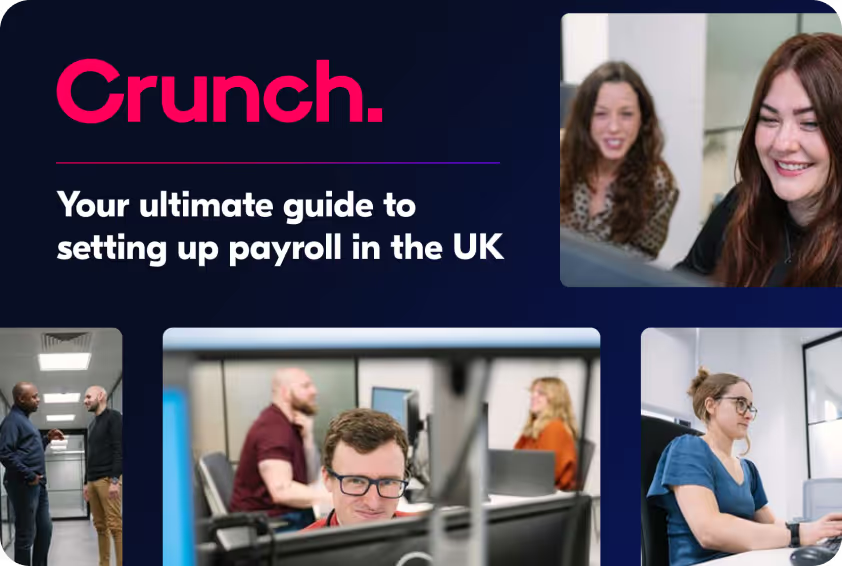Thinking about closing your limited company? Perhaps you’re retiring or going back into full-time work? We cover what the tax implications are for closing your limited company.
If you're closing a limited company that no longer trades, you may have to pay Capital Gains Tax or Income Tax. This is dependent on how the company is closed and how much profit is available to distribute to any shareholders or directors.
You can use our free Capital Gains Tax calculator alongside this guide to identify how much tax you need to pay. We also have plenty of other limited company guides designed to help business owners and taxpayers alike.
What are the options available to the shareholders and directors?
There are generally two options available to shareholders and directors when closing their company where solvent – informal strike off or a members’ voluntary liquidation (MVL).
What is an informal (voluntary) strike off?
An ‘informal’ liquidation or ‘winding up’ can be made by simply applying to Companies House to strike your company off the register. An application for a voluntary strike off can only be made on the company’s behalf by its directors, or a majority of them. The application is made by submitting certain paperwork to Companies House (known as ‘Form DS01’).
When can't you do this?
The company may not make an application for voluntary strike off if, at any time in the last three months, it has:
- traded or otherwise carried on business
- changed its name.
HMRC recognises that even when considering a voluntary strike-off over the three-month period, a business will still need to undertake certain activities. HMRC provides examples of activities a business can undertake in the three-month period as:
- making an application for strike off or deciding whether to do so (for example, seeking professional advice on the application or paying the filing fee for the strike off application)
- concluding the affairs of the company, such as settling trading or business debts
- complying with any statutory requirement
- disposing of assets held for the purpose of disposal in the normal course of trading or otherwise carrying on business.
In practice, this means a company in business to sell apples could not continue selling apples during the three-month period. However, it could sell the truck it once used to deliver the apples or the warehouse where they were stored.
A company cannot apply to be struck off if it is the subject, or a proposed subject, of:
- any insolvency proceedings such as liquidation, including where a petition has been presented but has not yet been dealt with
- a section 895 scheme (that is a compromise or arrangement between a company and its creditors or members).
You will commit an offence if you breach these restrictions and you could be fined.
{{cta-limited-company}}
What tax do I pay with an informal strike-off?
If your company’s retained profits are more than £25,000, all shareholders have to pay Income Tax on the profits at their personal rate. If your retained profits are above this figure you should speak to an accountant to find the most tax-efficient way to reduce your retained profits to the £25,000 figure.
These retained profits are usually distributed as a final dividend, so the tax rates that apply to a strike off are either 8.75%, 33.75% and 39.35%, depending on your marginal rate of personal tax. Our article “Tax rates, thresholds, and allowances” has more information.
As mentioned, we don’t usually recommend this option for our clients as the full amount including the £25,000 is then taxed as a dividend. Regardless of your marginal rate it is usually going to be better to bring the retained profits down to £25,000 and take this as a capital distribution upon closure and paying tax of £3,080 (£25,000 profits less £3,000 capital gains allowance for the 2024/25 tax year (and 2025/26), leaving £22,000 to be taxed at 14% business assets disposal relief).
If some of the retained profits are paid as salary to a director (rather than as a dividend) then the amount of tax paid depends on the director’s personal rate, which is usually higher than the dividend tax rate and may also mean there are National Insurance Contributions for the company and director to pay as well.
Where retained profits are below £25,000, all shareholders pay Capital Gains Tax. When selling shares, the regular rate of Capital Gains Tax is 18% for a basic rate taxpayer, or 24% for people paying more than the basic rate of Income Tax. However, if you’re eligible to apply for Business assets disposal relief this would mean you’d pay a tax rate of 14% on the disposal, regardless of the rate of personal tax you pay.
If your company doesn’t meet these conditions, or cannot pay its debts, you cannot apply for a voluntary strike off and you may have to liquidate your company.
Close your company with a Members’ Voluntary Liquidation (MVL)
Members’ Voluntary Liquidation is a process used to close down a solvent company. The company’s assets are turned into cash and then distributed to shareholders. An MVL is carried out by a licensed insolvency practitioner.
With an MVL, all distributions to shareholders are taxed as a capital gain. If you’re unable to use the informal strike off route detailed above, or you have a high amount of retained profits, this is usually the most tax efficient option after you take into account Business Assets Disposal Relief. Again you should speak to an accountant to get advice on your personal situation.
However, you need to be aware that distributions from the voluntary liquidation of a company may be subject to Income Tax under the following circumstances:
- The company is a ‘Close Company’ (i.e. has five or fewer shareholders)
- Within two years after receiving a distribution the owner is involved with a similar trade or activity
- The winding up of the company appears to be to reduce tax
{{ltd-guide}}
How do I choose between an Informal Strike-Off and a Members’ Voluntary Liquidation?
You need to take specialist advice before deciding which option to take. Your advisor will need to consider your personal tax circumstances and the amount of profit available to distribute to shareholders.
The following example may assist you in deciding on which option is best for you.
Working example
A single director/shareholder wishes to close their company on 30th April 2024. We’ll assume the following:
- Retained profits are £90,000 – the informal strike off seeks to reduce this to £25,000 by paying dividends of £65,000
- No dividend has been taken in the 2024/25 tax year to date
- No salary was taken from the company by the director
- The director has PAYE earnings of £60,000 from other employment – dividend tax must therefore be paid at the higher rate of 33.75%
- The director has no other income in the 2024/25 tax year
- The director did not sell any personal assets in the year and has not used any capital gain allowances
- The 2024/25 tax year dividend tax-free allowance is £500.
1 To utilise tax-free dividend allowance. No other dividend issued
2 Individual capital allowance in 2024/25 tax year is £3,000
3 Business Asset Disposal Relief rate of Capital Gains Tax is 14% in 2024/25 tax year
4 £65,000 dividend paid Less £500 tax free dividend allowance = £64,500 @33.75%
5 May be reduced with personal tax planning
6 £3,080 + £24,848.75
7 £14,610 + £2,500
How can I arrange a Members’ Voluntary Liquidation (MVL) for my limited company?
You can find out more about MVLs and whether it’s right for you in our article “What is a Members’ Voluntary Liquidation?”.
We also have a Crunch partner who can offer you a great MVL service if this is what you decide is right for you.
This is only general information, so for bespoke advice please speak with your accountant.

.svg)



.webp)





.avif)



.avif)





